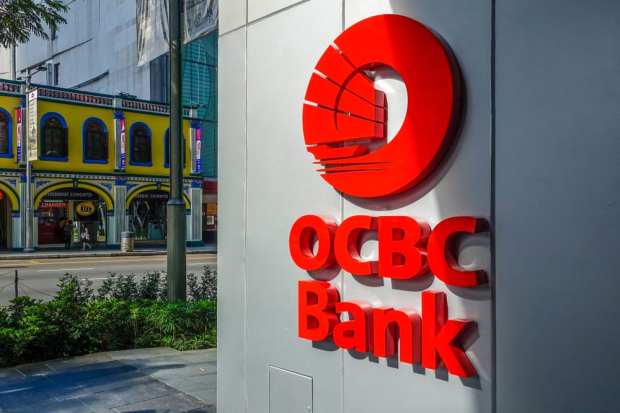Singapore’s OCBC Bank Customers Can Use QR Codes At ATMs

In an effort to make Singapore’s three million monthly cash withdrawals more digital, OCBC Bank has rolled out QR codes that customers can use at any of its 655 ATMs, the company said in a press release on Wednesday (July 31).
The Singaporean government is aiming to eliminate checks and reduce cash payments by 2025. OCBC Bank’s digital customers have grown by 25 percent since 2018 and mobile banking usage may have tripled.
To that end, OCBC Bank customers can withdraw cash by scanning a QR code using the OCBC Pay Anyone app, then authenticating the transaction via fingerprint, facial recognition or mobile banking login credentials, the release said.
The QR code reduces a typical ATM transaction from 80 seconds to under 45 seconds, and is also more secure than a PIN. Additionally, a physical ATM card can be skimmed while a mobile device cannot, the company said.
“As we accelerate our drive to go cashless, we also recognize that ATMs are still an essential and frequently used touchpoint for our customers. We believe this completely reimagines a core service for which customers engage with the banks, and will move the needle in making QR code payments mainstream in Singapore,” said Aditya Gupta, head of digital business, Singapore and Malaysia, OCBC Bank.
The OCBC Pay Anyone app also lets customers make direct QR code payments to merchants. The app was developed by the same team that designed and built the QR code technology for ATM cash withdrawals.
Rampant fraud in the global trade finance space is forcing the industry to go digital, OCBC previously said. The space is currently worth about $9 trillion, though much of that continues to rely on paper documents. As banks experiment with emerging technologies like blockchain, many players are beginning to digitize and automate key processes in the trade finance market, including invoices, inspection certifications, customs documents, bills of lading, warehouse receipts and other pieces of information required to process and finance trade deals.
